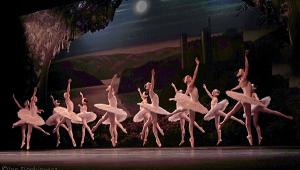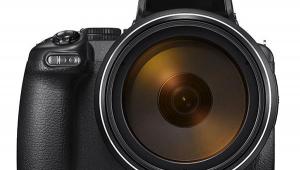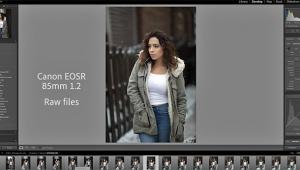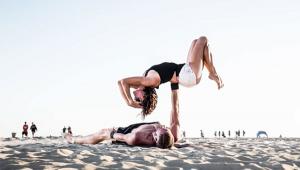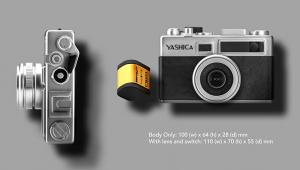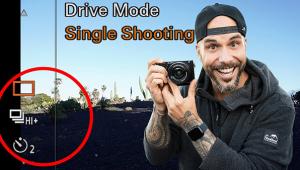Small Cameras Rule: Why DSLRs Are Too Big For My Photography

(Editor's note: This is the first of two articles offering different takes on today's digital cameras. In this opinion piece by photographer Steve Meltzer, Meltzer explains why he prefers using smaller digital cameras to larger DSLRs for his work. Here's an alternate opinion from writer Jason Schneider in his story "DSLRs Strike Back!")
For my photography I prefer small, lightweight, responsive cameras to big, heavy, bulky DSLRs. While small cameras once lagged behind DSLRs in image quality and performance, today’s compact cameras are challenging their dominance with great cameras like the Sony A7S II, Panasonic Lumix DMC-LX100, Nikon P900 and the new, elegant retro Olympus Pen-F. These compact, bridge and hybrid cameras can even do things some big, bulky DSLRs can’t.
Long Shots

Especially when it comes to long telephoto shots, compact and bridge cameras pack a lot of lens into small packages. My Panasonic Lumix DMC-FZ200 weighs just over a pound and has a Leica-designed 25-600mm (35mm equiv.) constant f/2.8 lens. Despite its light weight and small size it takes spectacular images. The large zoom range lets me shoot everything from wide-angle landscapes to intimate portraits and long telephoto shots. And I can do it all without a bag full of lenses. This makes bridge cameras a great choice for a variety of purposes, particularly travel photography.
For example, I took this photograph of a circus aerialist performing at an open-air show in the South of France. He was some hundred feet over my head and I zoomed the lens out to its full 600mm to take this shot handheld at f/2.8. It would have been more difficult—if not impossible—to shoot with a DSLR, simply because there are very few 600mm DSLR lenses and none them have an f/2.8 maximum aperture.
But my 25-600mm zoom lens pales in comparison to the spectacular 28-2000mm (35mm equiv.) lens of the amazing Nikon Coolpix P900. Indeed, there are no 2000mm lenses for DSLRs and it’s worth buying a P900 (street price $600) just to have a super long telephoto lens.
The Sound of Silence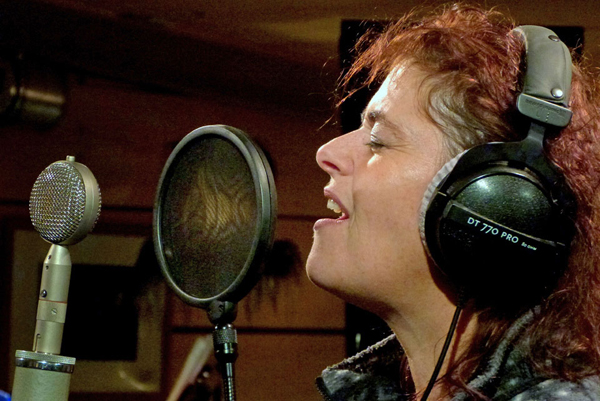
The slapping of reflex camera mirrors is the soundtrack of photography. When you hear it, it’s a cue that there are “real” photographers at work. Yet in my professional work I shoot in many situations where camera noise is anathema. For instance, in a hospital operating room, in a symphony hall, on a movie set or even in a church while the bride and groom are exchanging vows. For this kind of work silence is often a requirement.
That’s one of the great features of mirrorless hybrids and other small cameras. When set to “Electronic Shutter” mode they make no shutter sound. This allowed me to photograph my friend the singer Toons with my compact Fujifilm X30 while she recorded a track for her new album. I could not have done this with a DSLR.
Close Up And Personal
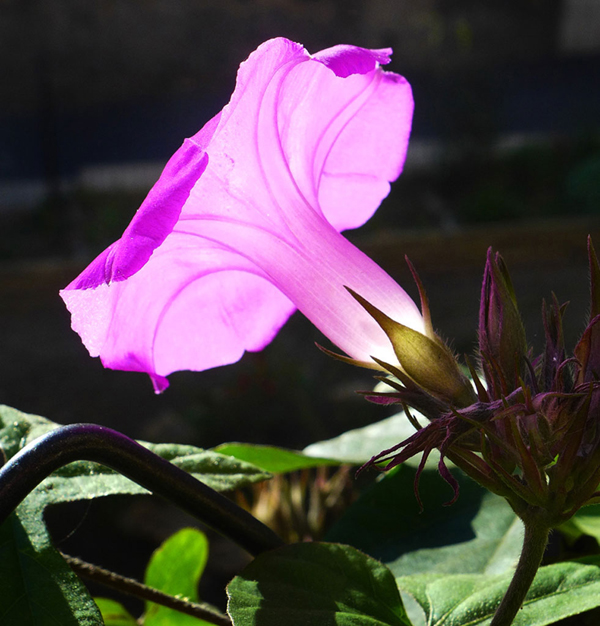
Small compact cameras are also more versatile for taking close-ups without the need for special lenses or attachments. Most of my compact cameras focus to within an inch or two of a subject while DSLRs can't get closer than 10 to 12 inches. For close-up work this is a big difference. I once demonstrated this to a photography class by taking them to a local garden and asking them to take the tightest flower close-ups they could. The students used cameras ranging from big DSLRs to tiny compacts and when we returned to my studio we looked at their images on a large HDTV. To everyone’s surprise, it was students with small cameras that got the tightest, most frame-filling close-ups. The students who used DSLRs could barely get the flowers to fill a third of the frame.
All Around and Around
I caught panorama fever from a friend who collected 360° circuit cameras. I loved his crazy, long pictures and rushed out to buy myself a Russian “swing” lens panoramic, a “Horizon 202.” Years later I was delighted to discover that modern mirrorless cameras can take panoramic images too. Set to “motion panorama” mode all I have to do is rotate the camera while pressing the shutter and I get images that cover an angular field of between 120° to 360.° The photo above is just the center third of the original panorama frame. DSLRs can’t do this either.
Lithe and Lovely
Small cameras have other advantages. When I studied photography I was taught to look, think and then shoot rapidly. During my professional career while I have owned and used everything from Hasselblads to DSLRs, I have always preferred small cameras—Leicas and such. These are particularly useful for street photography where the goal is to capture the fleeting instants of movement and geometry that Henri Cartier-Bresson called “decisive moments.”
Compact cameras are my digital “rangefinders” and the photo of the two boys is what I am talking about. The key to this image was an unobtrusive camera and fast reflexes. This disqualifies a heavy, noisy DSLR. I can’t even get one of those to my eye quickly enough to take these kinds of photos. Happily, in the last two years compact cameras have improved and now have faster autofocus with less shutter lag.
Sharp Fast Glass
This photo of a masked Mardi Gras performer was taken amidst the elbow-to-elbow jostling of a moving, dancing Carnival crowd. Trying to stay on my feet, I saw some performers approaching and barely had time to frame and shoot this image. I love it for its sharpness and clarity which I see every day in the 16x20 print that hangs in my office.
My aperture setting was f/5.6 which helps account for the quality of this image. Compact cameras have fast lenses. Mine have maximum apertures of f/1.4, f/2 and f/2.8. Since most lenses perform best at two or three stops down from wide open, my compact camera lenses at f/4 are beginning to perform at their best while the f/3.5 DLSR slowpoke lenses are not.
Also note that reflex lenses are not better than small lenses just because they are big. Actually, it’s quite the opposite. DSLR lenses have to be designed around the big mirror box and the moving mirror. That requires a lot of optical gymnastics and glass—making these lenses bigger and heavier but not necessarily better. While I am not saying that these lenses are bad—many are quite good—I think small camera lenses generally outperform them.

I should add that even wide open my small lenses are remarkable. I shot this portrait indoors with my tiny Panasonic Lumix DMC-LX7. It has a Leica-designed Summilux lens which is outrageously sharp. I took this shot handheld barely three feet from my subject. The lens was at about 50mm (35mm equiv.) and set to its widest aperture f/1.8.
I love having a small camera in my jacket pocket and knowing that it is capable of producing high quality images like this. Again that’s something else that’s hard to do with a DSLR.
Small Cameras, Big Pictures
Finally let me point out that small cameras are perfectly capable of producing very large prints. Recently I shot of a collection of 19th century pottery for a local museum catalog. I took some of the shots with my X30 and to my surprise the museum decided to use one of these for a poster. Notwithstanding the camera’s small size it produced the brilliant needle sharp 4x6–foot poster I am standing next to.
I have had DSLR users sneer at me and my small cameras as though I couldn’t be a serious photographer. That’s okay because I see them as chained to those two-ton pachyderms and I feel their pain; back pain, shoulder pain and such. I feel sorry that they are missing out on the freedom and flexibility offered by working with agile, responsive cameras.
These cameras are getting better every year and more photographers are beginning to use them. Over time I think they will become the cameras of choice for many, many more photographers.
- Log in or register to post comments


